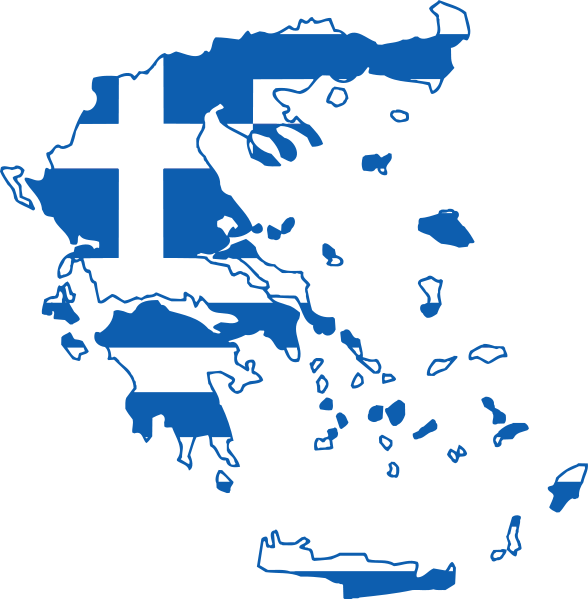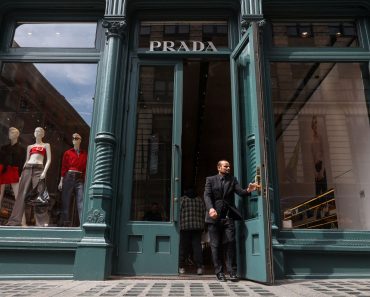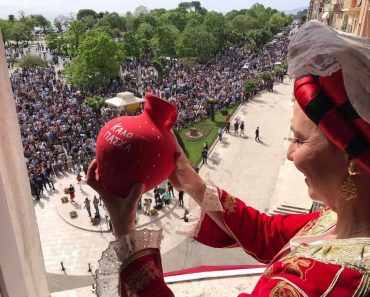Sydney, Australia – In a powerful homage to the 25th of March 1821 Greek War of Independence, AHEPA NSW & ACT unveiled “The Maniatisses” (Οι Μανιάτισσες), a stirring new painting by acclaimed artist Angela Kiki. The artwork immortalizes the women of Mani who, on June 24, 1826, abandoned their fields to battle Ottoman invaders armed only with scythes and knives—a defiant stand that became emblematic of Greece’s struggle for freedom.
Held in the packed hall of AHEPA NSW, the event blended art, history, and patriotism, drawing Greek-Australian leaders, politicians, and cultural figures. Through vivid imagery and emotional narration, the unveiling of the painting became a bridge between past heroism and present-day Hellenic identity in Australia.

A Masterpiece Born from Oral History
Angela Kiki, the artist behind The Maniatisses, revealed that her inspiration came from an oral account by a friend and vice president of the Hellenic Lyceum Dimitra Michopoulou who lives her home town is Mani Greece . “These women were not just fighters—they were protectors of their homes, families, and dignity,” Kiki explained. Dominated by stark black and yellow hues, the painting contrasts the determination of the Maniot women with the terror etched on their enemies’ faces.
Dr. Panagiotis Diamantis, a historian present at the event, contextualized the painting within a series of Kiki’ works—“The Zalongo”, “The Dervenakia”, “The Homeland”, and “Kolokotronis”—each depicting pivotal moments of the 1821 Revolution.

Who is Angela Kiki
Angela Kiki is a visual artist of Greek heritage, now living in Sydney, Australia. She migrated to Australia with her parents in 1960 at the age of two. While she initially studied fashion design to work in her family’s business, her true passion has always lain in the arts. During the 1980s, she traveled extensively through Europe and Southeast Asia, immersing herself in global fashion trends while continuing to contribute to the family business in Greece. She also taught fashion design and history of costume in Greece, drawing on her experience with textiles, crafts, and artistic traditions. Her artistic perspective is heavily influenced by her studies of historical symbols, temples, and the works of various artists.
Kiki holds a diploma in visual arts and has studied iconography, jewellery design, and history of costume. Her acclaimed series “1821 Greek Heroes” reflects her cultural heritage and passion for freedom, a central theme in her work. This series was so well-received that the Greek Orthodox Archdiocese of Australia issued four commemorative stamps featuring paintings from the collection for the bicentenary of the Greek Revolution. She continues her artistic journey with the addition of “Magnatisis” to this celebrated collection.

How Angela Kiki Visualized the Tragedy and Painted What She Envisioned
In her latest work, Angela Kiki intricately weaves together a tapestry of historical and emotional narratives. One of the poignant scenes depicted in the painting features a rock castle, a nod to the Polynesians who built strongholds of stone. Kikis envisions this castle as a sanctuary, where single women were kept safe from the Ottoman invaders by their mothers.
As the attack unfolds, a powerful scene emerges: young women, previously confined, break free from the castle doors to rush towards their mothers, who are valiantly confronting the encroaching Ottomans. In an emotionally charged moment, a mother clings to her visibly distressed daughter, tears streaming down her face. The daughter is armed and defiant between her mother’s desperate pleas to return and her instinct to fight. This scene captures a deep struggle between protection and the fierce urge for autonomy.
Nearby, other women are seen racing toward the invaders, reflecting the chaos and fear of the moment. Kiki has included only a single ship in the background, symbolizing the limited scope of their escape—its long boat awaits those fleeing the conflict.
This painting, rich in narrative and emotion, offers a unique interpretation of rarely explored historical moments. Kiki invites viewers into a world where the lives of young women, kept away for their own safety, are thrown into turmoil, ultimately illuminating the resilience and courage that arise in the face of adversity.

Dignitaries Honour the Legacy
The ceremony was graced by prominent figures, including:
- The Hon. Athanasios Papathanasis, MP for Aitoloakarnania (New Democracy)
- Dr. Miltiadis Zambaras, MP for Aitoloakarnania (SYRIZA)
- Ms. Anastasia Christophilopoulou, representing the Greek Consulate in Sydney
- Fiona Douskou, Bayside Councillor and Liberal candidate for Barton
- Ash Ambihaipahar, Georges River Councillor and Labor candidate for Barton
From Melbourne, Athanasios Tsouhantaris, President of Nea Demokratia Victoria, and Ioannis Kallimanis, President of the NSW branch and Honorary President of AHEPA NSW & ACT, highlighted the diaspora’s role in preserving Hellenic heritage.

AHEPA’s Mission: Linking Generations
AHEPA NSW President Dimitrios Papanaogiou delivered a poignant message: “We must honor our ancestors, but we must also ensure that our generation leaves a lasting legacy for the next.” His words resonated deeply, reflecting AHEPA’s commitment to fostering Greek identity among Australian-born Hellenes.
The event featured traditional dance by Sydney’s Lyceum of Greek Women, a moving rendition of the Greek and Australian national anthems by Dimitris Tsolakis (President of the Australian-Greek Choir), and a recitation of “Greece and Her Freedom”—a poem first published in The Australian newspaper in 1829—by retired RAAF officer Vasilis Skandalakis.

Why This Matters for the Greek-Australian Community?
With over 70% of Australia’s Greek community now locally born, this event is vital in connecting younger generations to their heritage. The Maniatisses serves as both an artistic triumph and a cultural beacon, ensuring that the sacrifices of 1821 remain alive in the Antipodes.
Long Live Greece! (Χρόνια Πολλά, Έλληνες!)







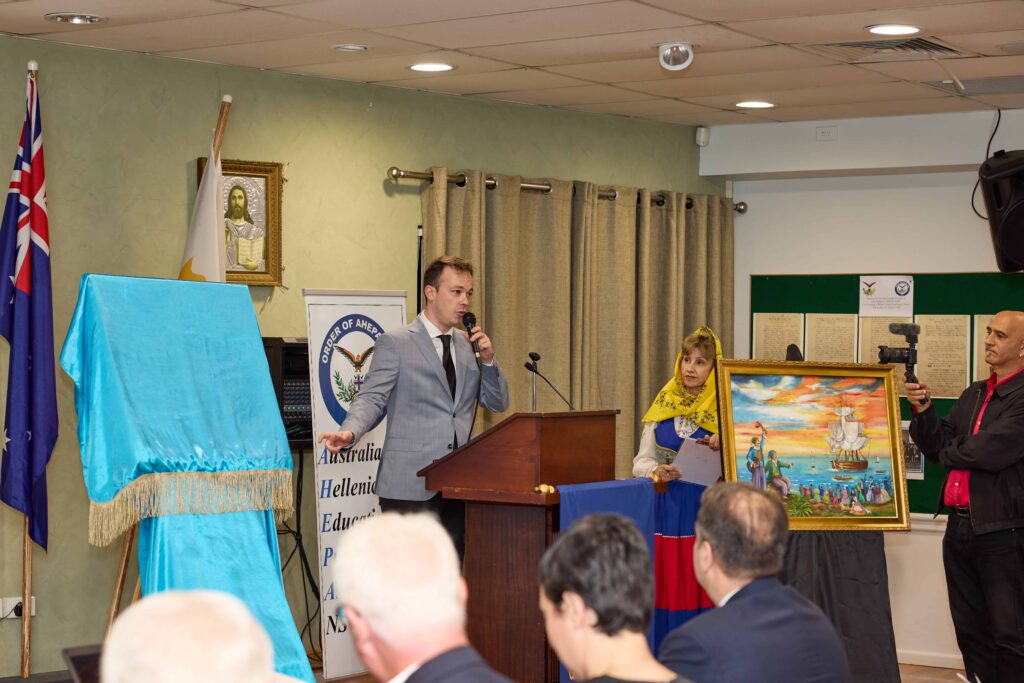
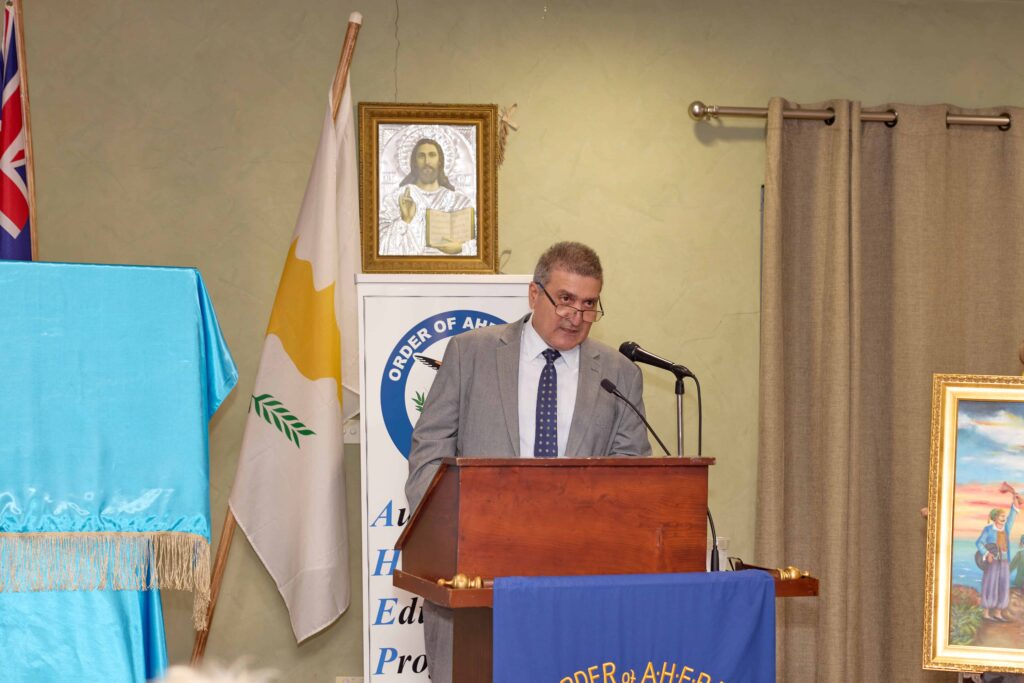





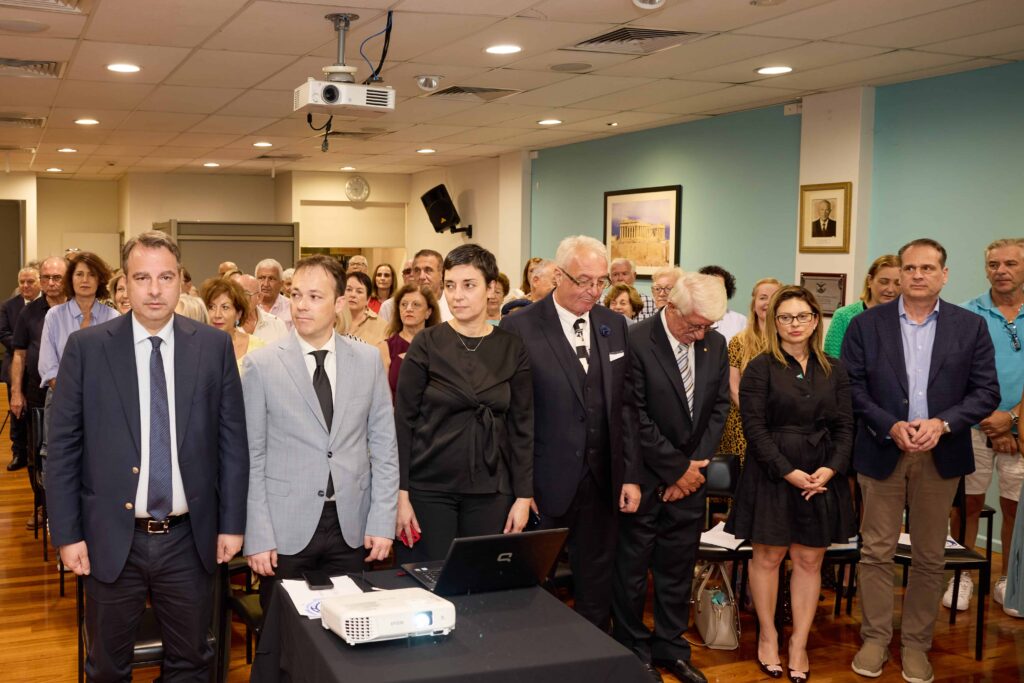



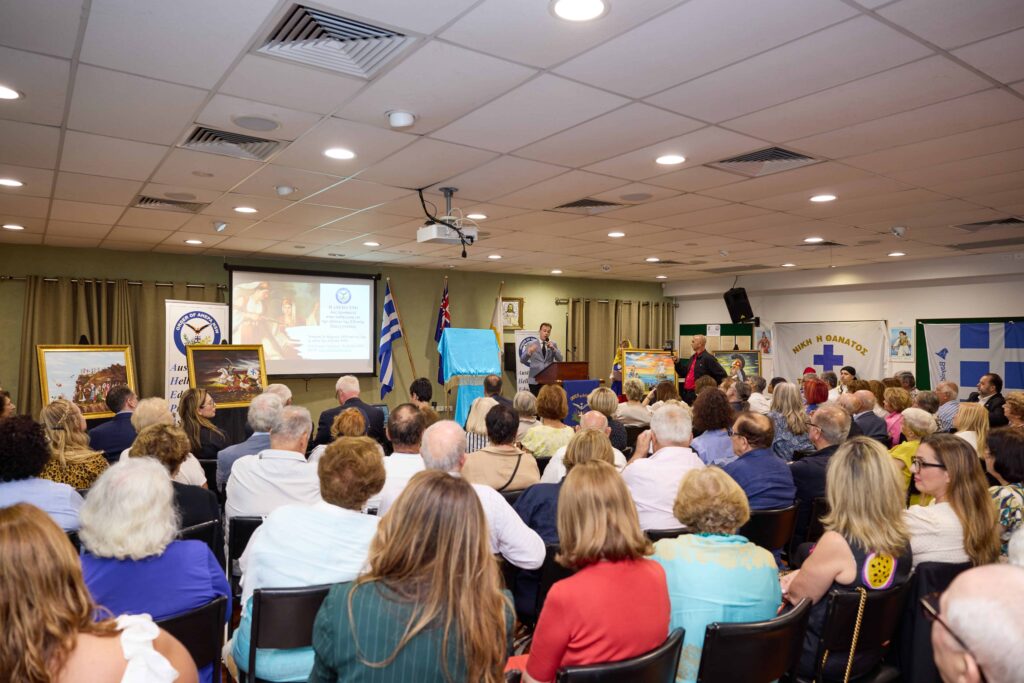







All Photos copyright Nick Bourdaniotis for Greek City Times
